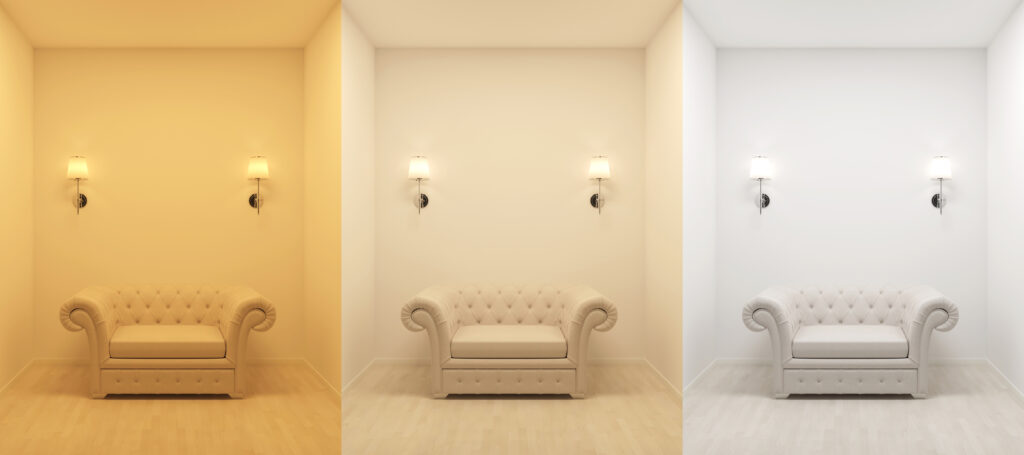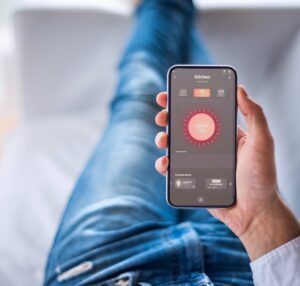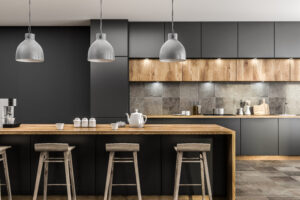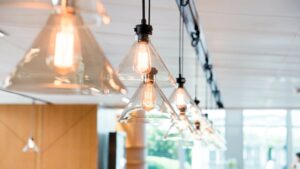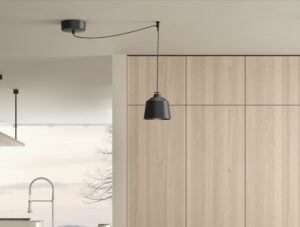The color temperature of your lighting can enhance both the look and functionality of a room, setting the appropriate mood for the space. While it may seem daunting to figure out the ideal color temperature for your needs in a room, there are a few easy guidelines to ensure that your lighting creates the ambience you’re looking for.
What is color temperature?
Color temperature is a spectrum used to measure the brightness and hue of light. Rather than describing the actual heat of a lightbulb, color temperature describes the light’s appearance. Color temperature is measured in degrees of Kelvin (K) on a spectrum of 1000K, indicating yellower, “warmer” light, to 10000K, indicating bluer, “cooler” light. By this metric we can see that in fact the light sources that are “warmer” in appearance produce less heat, while “cooler” light sources produce more.
Which color temperature is right for my space?
The ideal color temperature for your room will depend on its function. Relaxing, inviting spaces (such as living rooms, bedrooms, and kitchens) typically feature warm, soft lighting, while spaces intended for work or chores (offices and bathrooms) tend to feature lighting that is a little cooler and crisper, while staying within a warm enough range to keep the room comfortable. Outdoor and garage lighting use an even cooler and brighter range to maximize visibility.
While lighting your home, the following color temperatures are typical:
For warm & inviting spaces: 2700K-3000K
For task oriented spaces: 3000K-3500K
For work spaces: 3500K-4000K
Specialty, commercial, and outdoor lighting
Some spaces call for color temperatures outside of the typical range. Commercial contexts such as restaurants and events spaces often use low lights to create an intimate, candlelit atmosphere, while outdoor security lighting and some indoor commercial spaces call for especially bright light. In these contexts, the following color temperatures are recommended:
For a candlelit atmosphere: 1900K – 2700K
For security lighting and spaces that require bright task lighting: 4500K – 6500K
LED lights
While it used to be difficult to optimize a room’s lighting, LED lights have made it possible to adjust color temperature with precision, as well as the opportunity to easily change the color temperature of a lighting system as often as you want, providing new opportunities for flexible-use spaces. For those looking for maximum control over their lighting, LED lights are the best option on the market.
